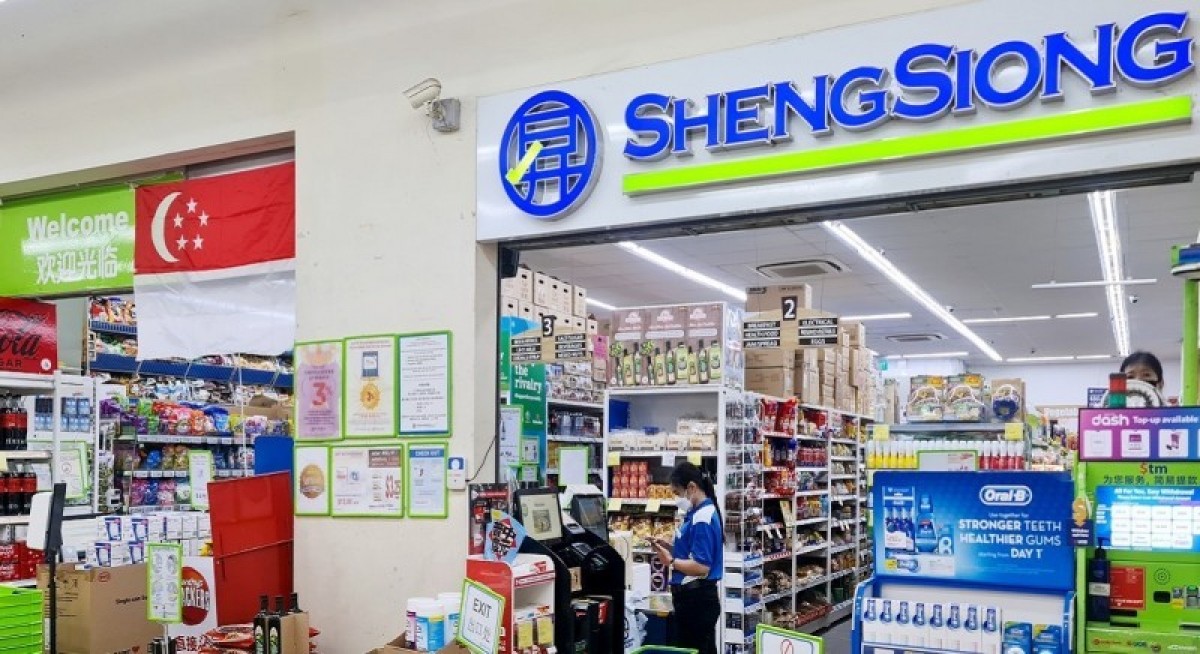Analyst Hussaini Saifee forecasts the group’s revenues to post a 6% CAGR, helped by industry growth of 4% and market share gains amid ongoing competitor restructuring.
Rival DFI International’s $125 million sale to Malaysia’s Macrovalue signals a retreat from Singapore’s supermarket space and, in the analyst’s view, creates a market share opportunity for SSG.
In the past three years, SSG has gained 2.7 percentage points (ppt) in revenue share and could benefit further if Macrovalue prioritises Cold Storage over Giant due to capital constraints. Giant’s focus on the mass market segment means its ongoing rationalisation is likely to benefit SSG, which targets a similar customer base.
“Our mapping shows a 68% chance of SSG gaining over NTUC from potential Giant closures. SSG remains focused on expansion, with plans to open six to 10 stores in 2024–2025. We expect SSG to add five to six new stores in 2026–2027, partially helped by Giant rationalisation,” says Hussaini.
Meanwhile, the group’s e-grocery unit economics remain unfavourable while dining habit change is gradual and, as such, is not disrupting.
Singapore’s e-grocery market is mature, with 80% of residents already shopping online, limiting further structural shifts. E-commerce holds a 15% share of the retail market, while offline groceries continue to grow at a 3% CAGR (2024–2029), matching the country’s GDP growth.
The city’s compact layout (with an average walk of 383m to stores) supports in-person shopping. SSG’s prices are also 10%–21% lower than those of e-grocers, while its fresh offerings, live seafood and long operating hours drive foot traffic. Food delivery primarily replaces dine-in food and beverage (F&B), rather than home cooking.
See also: Making an informed investment decision about Morningstar
“Our survey found 73% cutting back on delivery due to higher costs. Supermarket growth remains stable, with food trends gradually evolving,” says the analyst, adding that with slight operating leverage support, he estimates NPAT to grow at 8% CAGR, which is highly defensible and in the upper-tier of domestic names/regional peers.
SSG is trading at 21 times one-year FY2025 P/E, which is +0.7 standard deviations above its long-term mean.
“We think a premium is justified given its above-trend medium-term growth potential. Its 4% dividend yield is in line with the domestic market but is highly defensive, backed by net cash balance sheet and 4%–6% free cash flow yield. While there is room for payout increases, it is not in our base case,” says Hussaini.
RHB Bank Singapore has also maintained its “buy” recommendation on SSG, but increased its target price to $2.12 from $1.98 in a previous report dated July 2, as analyst Alfie Yeo is optimistic about the group’s higher store count. “We like SSG for its earnings growth momentum, attractive valuation (near its historical mean forward P/E of about 19 times), strong cashflow generation, stable balance sheet, and good dividend payout,” says Yeo.
Year to date, shares of SSG have risen about 27.6% to trade at $2.08 on Jul 23, almost reaching Yeo’s target price and outperforming the STI.
“We took the view then that the global trade war has added uncertainty to the market and advocated for investors to take a flight to safety by going overweight on consumer staples. SSG, as a Singapore domestic business, has limited direct earnings exposure to global trade war uncertainties,” says Yeo, who believes SSG’s share price performance may have reflected a more risk-off stance by investors in their strategy to go overweight on defensive plays, including SSG.
The way Yeo sees it, he expects SSG’s performance to remain resilient as it targets the mass market value segment, which will benefit from the effects of downtrading in a soft consumption environment.




